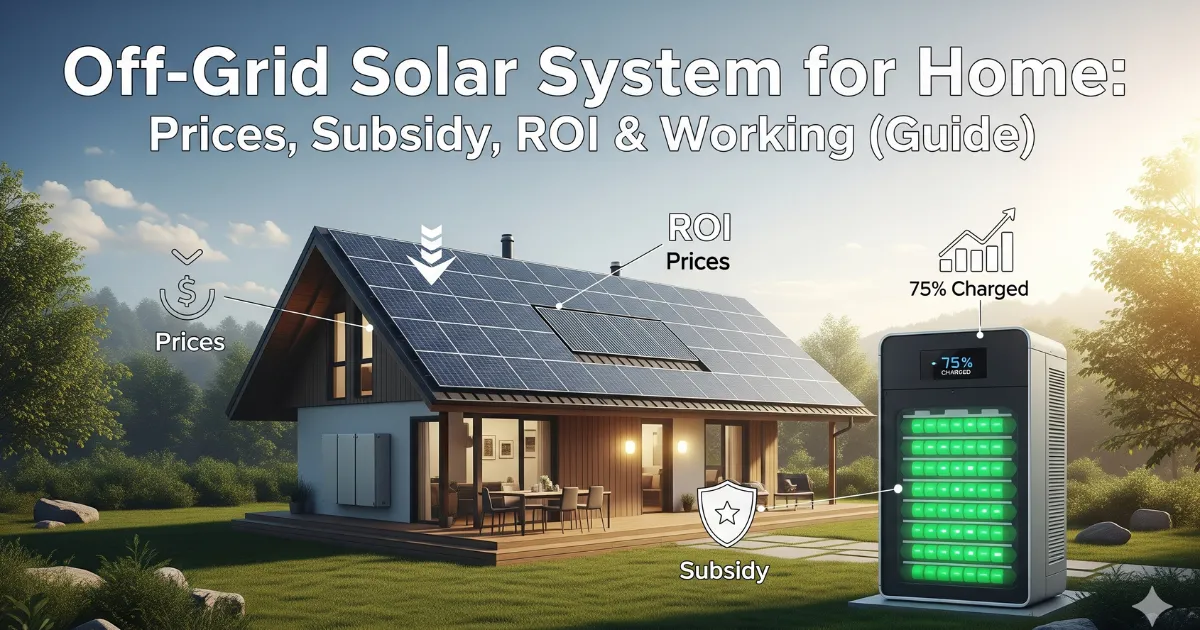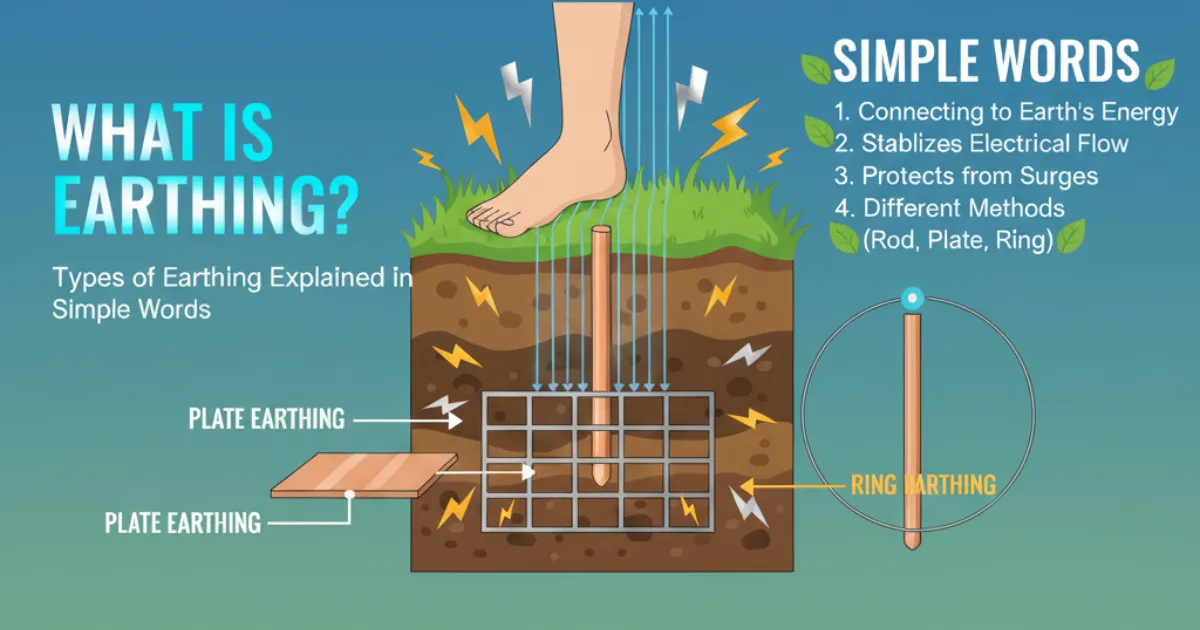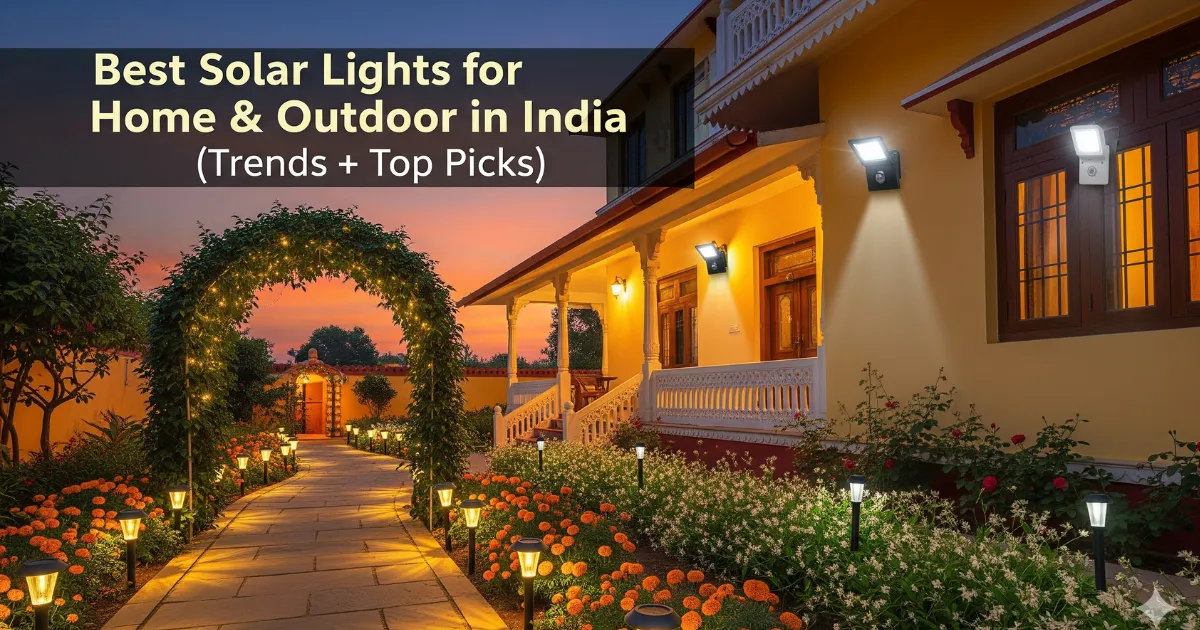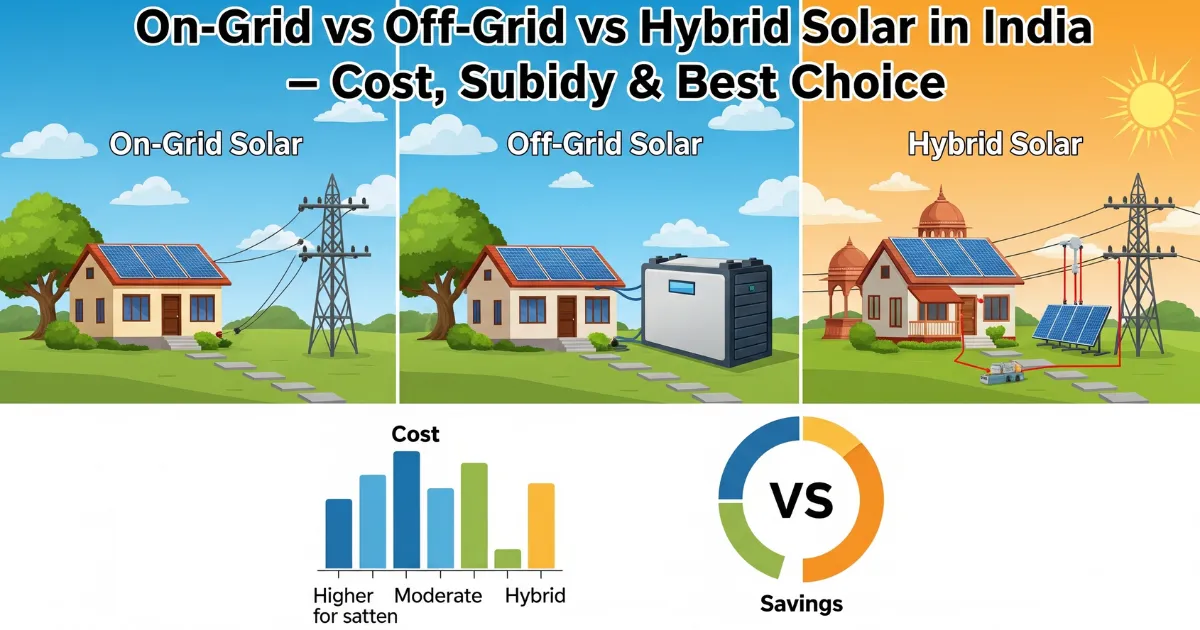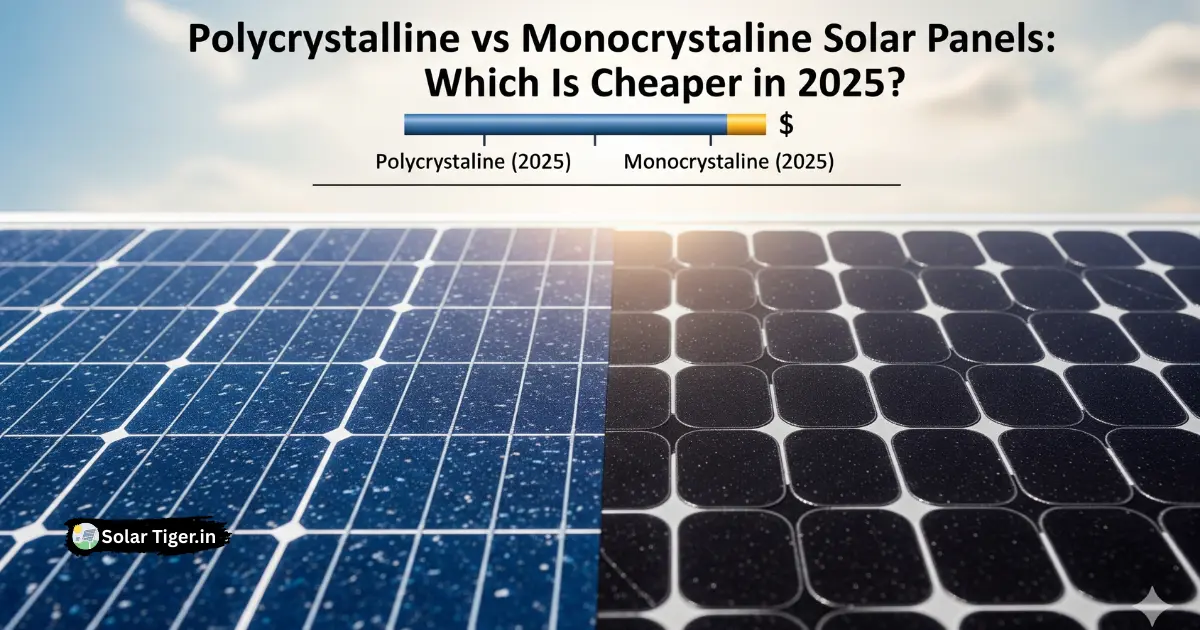Switching to an off-grid solar system for home is becoming a popular choice in India, especially in areas with frequent power cuts or limited grid access. Unlike on-grid setups, an off-grid solar system works independently, using solar panels and batteries to store energy for 24/7 use. In this guide, we’ll cover the latest prices in 2025, government subsidies, real ROI examples, and how off-grid systems actually work so you can decide if it’s the right investment for your home.
Quick Answer (For Readers Who Don’t Want to Scroll)
- Price: ₹65,000–₹80,000 per kW in India (2025).
- Subsidy: No government subsidy (off-grid not covered).
- ROI: 7–9 years payback.
- Best For: Homes in remote villages, hilly areas, or frequent power-cut zones without reliable grid power.
If you live in a city with stable electricity, on-grid or hybrid is better. But if you need independence, off-grid is the solution.
Buy Solar Panels Online 🌞
Looking for high-quality and reliable solar panels? Get them directly from Bluebird Solar at the best prices.
🔗 Shop Solar Panels NowWhat Is an Off-Grid Solar System?
An off-grid solar system is a self-sufficient power setup that runs entirely on solar + batteries. Unlike on-grid systems, it does not connect to the DISCOM grid, which means:
- No net metering.
- 100% electricity comes from solar + battery storage.
- Works even in areas with no power supply.
It typically includes:
- Solar panels (generate power)
- Solar inverter (converts DC to AC)
- Battery bank (stores energy for night use)
- Charge controller (protects batteries)
Off-Grid Solar System Prices in India (2025)
| System Size | Appliances Supported | Approx. Cost (₹) | Daily Power Output | Ideal For |
|---|---|---|---|---|
| 1kW | Lights, fans, 1 TV | ₹70,000–₹80,000 | 4–5 units/day | Small homes |
| 2kW | Lights, fans, fridge, TV | ₹1.3–1.5 lakh | 8–10 units/day | Small families |
| 3kW | Add washing machine, small pump | ₹2.0–2.2 lakh | 12–15 units/day | Medium homes |
| 5kW | 2 ACs, fridge, washing machine | ₹3.2–3.8 lakh | 20–25 units/day | Large homes/farms |
| 10kW | Full house + farm loads | ₹6.5–7.5 lakh | 40–50 units/day | Villas, institutions |
Subsidy for Off-Grid Solar (2025 Update)
Under the PM Surya Ghar: Muft Bijli Yojana, subsidies are only for on-grid and hybrid systems (because they reduce DISCOM load).
Off-grid systems don’t qualify for subsidy since they use batteries.
However, some state schemes (J&K, North-East, Ladakh) occasionally provide partial support for remote villages.
If subsidy is a priority, consider on-grid. If independence is a priority, go off-grid.
Real-Life Experiences in India
1. Rajasthan Village (2kW Off-Grid)
A farmer in Barmer installed a 2kW off-grid system for lights, fans, and a TV.
- Cost: ₹1.45 lakh
- Savings: ₹1,500/month (diesel generator replaced)
- ROI: 7.5 years
- Quote: “No grid lines in our area, solar is the only option.”
2. Kerala Hills (3kW Off-Grid + Backup)
A homestay in Wayanad runs on 3kW off-grid solar with lithium batteries.
- Cost: ₹2.3 lakh
- Replaced frequent generator use during monsoon power cuts.
- ROI: ~8 years (but improved guest satisfaction).
- Quote: “Guests love the uninterrupted power, no generator noise.”
3. Ladakh (5kW Off-Grid System)
A family in Leh installed 5kW off-grid solar with heating + appliances.
- Cost: ₹3.6 lakh
- Savings: ₹4,500/month (kerosene & diesel avoided).
- ROI: 6–7 years.
- Quote: “We survive winters because of solar.”
ROI & Payback Period
- Diesel users: ROI ~6–7 years (diesel is expensive).
- Grid backup users: ROI ~7–9 years.
- Urban homes: ROI not favorable (better to go on-grid).
Off-grid solar is not about quick ROI it’s about energy independence.
Advantages of Off-Grid Solar
- ✔ Works anywhere (remote areas, villages, hilly regions).
- ✔ Complete energy independence.
- ✔ No electricity bills.
- ✔ Backup during outages.
Disadvantages
- ❌ Higher cost due to batteries.
- ❌ No government subsidy.
- ❌ Batteries need replacement every 5–7 years.
- ❌ Not ideal for urban homes with reliable grid.
FAQs About Off-Grid Solar System for Home
Can off-grid solar run an AC?
Is there subsidy on off-grid solar?
How long do off-grid batteries last?
Lithium: 8–10 years
What’s better for a city home off-grid or on-grid?
Is off-grid worth it in villages?
Conclusion
An off-grid solar system is the best choice if you live in a village, hilly area, or a place with unreliable electricity. While it’s more expensive and doesn’t get subsidies, it offers complete freedom from power cuts and fuel costs.
For cities and towns, on-grid or hybrid gives better ROI. But if your priority is independence, off-grid is unmatched.
